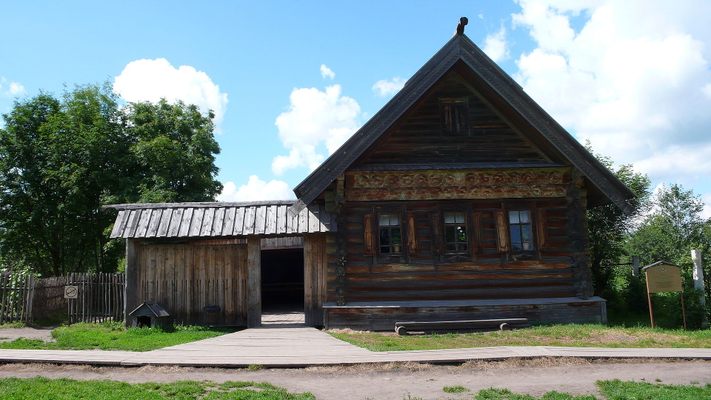About
Just south of Russia's original Kremlin is a museum that preserves a very different kind of life. The Soviet era brought about mass urbanization in the form of cement apartment blocks, meaning that traditional peasant villages were abandoned or destroyed. In order to preserve this piece of Russian history, the Museum of Wooden Architecture and Peasant Life allows visitors to explore a "living village."
In the 1960s, 20 old buildings from all around the Vladimir Oblast were collected and assembled in Suzdal for people to see how Russian peasants lived, worked, and worshipped in the 17th to 19th centuries.
The first to arrive and the center of the village were the Church of the Transfiguration, built in 1756, and the Church of the Resurrection, built in 1776. Most Russian villages switch between churches depending on the season. One is insulated, intended for use during winter, while the other is drafty and unheated, intended for summertime use.
Though their owners differed in class (from poor to middlingly wealthy), most of the houses are made of pine and feature intricate carvings, constructed only with a pair of hands and an axe. These dwellings all follow the same traditional format: The ground floor is storage and corral in one, with sleds, tools, and animals all cozy together indoors. The second floor is where the family would live in close quarters, centering all their sleeping, eating, and bathing around the ever-burning oven. The houses are complete with rustic clothing, dishware, furniture, and even plants, as if the family has just stepped out for a church service.
Windmills, wells, and barns are some other essential buildings on display. A water wheel was operated by manpower, the strongest men in the village running inside of it. Peasant women would wait by the water wheel to scope out a prospective husband.
Although no one lives in this village, it is far from deserted. Traditional peasant crafts like toy and tool carving as well as painting, weaving, and pottery are displayed in frequent workshops at the museum. Also, as a preserver of historic culture, the Wooden Architecture Museum has become the de facto center of Suzdal's traditional festivals. These include the Cucumber Festival and the Ivan Kupala Festival, as well as more modern ones like the "Museum at Night" celebration.
Related Tags
Published
April 14, 2017
Sources
- https://commons.wikimedia.org/wiki/Category:Museum_of_Wooden_Architecture_(Suzdal)
- https://en.wikipedia.org/wiki/Suzdal
- http://luxeadventuretraveler.com/suzdal-museum-of-wooden-architecture/
- http://www.russiaeguide.com/museum-of-wooden-architecture.html
- http://waytorussia.net/GoldenRing/Suzdal/Sightseeing/Wooden-Architecture-Museum.html
- https://en.wikipedia.org/wiki/Suzdal





































